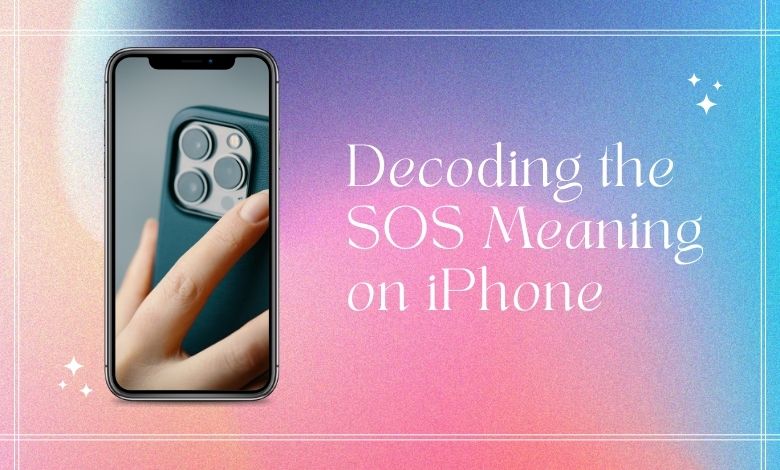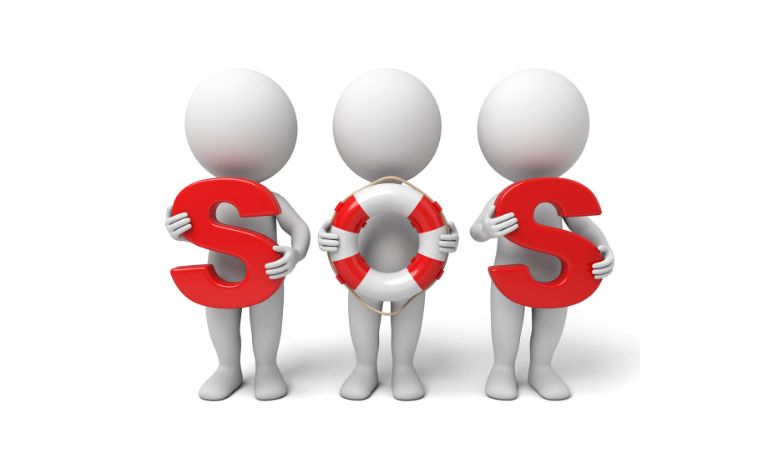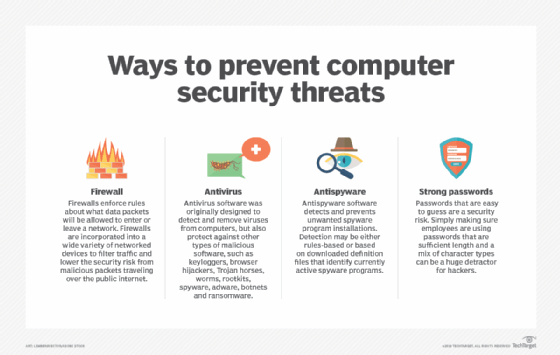Decoding the SOS Meaning on iPhone: A Lifeline in Emergencies

In the era of ubiquitous technology, our smartphones have become an indispensable part of our daily lives. While these devices offer a myriad of conveniences, they also possess features that can potentially save lives in critical situations. One such feature, the SOS function on iPhones, has garnered significant attention for its ability to summon emergency assistance with just a few taps or button presses. In this comprehensive article, we’ll delve into the meaning and functionality of the SOS feature, exploring its significance and providing you with a thorough understanding of this invaluable safety tool.
Contents
The Origin and Meaning of SOS
Before we dive into the specifics of the SOS feature on iPhones, it’s essential to understand the historical context and meaning behind the term “SOS.” This internationally recognized distress signal stands for “Save Our Souls” or “Save Our Ship,” and its origins can be traced back to the early days of radio communication.
In the late 19th century, as radio technology became more prevalent in maritime navigation, the need for a standardized distress signal arose. The combination of three dots, three dashes, and three dots (· · · – – – · · ·) in Morse code was chosen as the distress signal because it was a simple and easily recognizable pattern.
Over time, the SOS signal transcended its initial maritime application and became a universal call for help, adopted across various industries and emergency response systems. Today, the SOS acronym has become synonymous with a life-threatening emergency situation, serving as a cry for immediate assistance.
How the SOS Feature Works on iPhones?
Apple, recognizing the importance of providing its users with a robust safety feature, incorporated the SOS functionality into its iPhone operating system. The SOS feature on iPhones works in two distinct ways: the Emergency SOS and the Medical ID.
1. Emergency SOS
The Emergency SOS function is designed to quickly alert emergency services and your designated emergency contacts in case of an emergency. To activate it, you can either:
- Press and hold the side button and one of the volume buttons simultaneously, or
- Rapidly press the side button five times (if you have an iPhone 8 or later model).
Once activated, your iPhone will initiate a countdown and sound an alarm, providing you with the option to cancel the SOS or call emergency services immediately. If you proceed with the SOS call, your iPhone will automatically share your current location with emergency responders, which can be crucial in situations where you are unable to provide your exact location.
Additionally, your designated emergency contacts will receive a text message with your location, notifying them of the emergency situation. This feature ensures that your loved ones are aware of your distress, enabling them to take appropriate action or provide crucial information to emergency responders.
2. Medical ID
The Medical ID feature on iPhones is a complementary component to the SOS functionality. It allows you to store vital medical information, such as allergies, medications, and emergency contacts, which can be accessed even when your iPhone is locked.
To set up your Medical ID, follow these steps:
- Open the Health app on your iPhone.
- Tap on your profile picture.
- Select “Medical ID.”
- Enter your medical information, emergency contacts, and add a photo for easier identification.
This information can be invaluable for first responders and medical professionals in case of an emergency, providing them with essential details about your health and ensuring you receive appropriate care.

The Significance of the SOS Feature
The SOS feature on iPhones is an invaluable tool that can potentially save lives in various emergency situations. Its importance cannot be overstated, as it offers a lifeline in the following scenarios:
1. Personal Emergencies
Whether you’re experiencing a medical emergency, a car accident, or any other life-threatening situation, the SOS feature allows you to quickly summon help and share your location with emergency responders and loved ones. This can be especially crucial in situations where time is of the essence, and prompt assistance can make a significant difference in the outcome.
2. Natural Disasters
During natural disasters like earthquakes, hurricanes, or floods, traditional communication channels may be disrupted, leaving individuals stranded and in need of assistance. In such scenarios, the SOS feature can serve as a lifeline, enabling you to call for help and potentially aid in rescue efforts, even when cellular networks are overwhelmed or inoperable.
3. Safety Concerns
If you ever find yourself in a situation where your safety is compromised or you feel threatened, the SOS feature can discreetly alert emergency services and your trusted contacts, providing you with a sense of security and potentially preventing harm. This feature can be particularly valuable for individuals who may be at risk of domestic violence, stalking, or other dangerous situations.
Statistics and Data Supporting the Importance of SOS
The significance of the SOS feature on iPhones is further reinforced by statistics and data from reputable sources:
- According to a study by the National Emergency Number Association (NENA), the implementation of emergency location services, such as the one provided by the SOS feature on iPhones, has significantly improved response times for emergency services. The study found that location-based services reduced the time required to locate callers by an average of 4.8 minutes, which can be crucial in life-threatening situations.
- Research conducted by the American Heart Association indicates that for every minute that passes without CPR or defibrillation, the chances of survival for a cardiac arrest victim decrease by 7-10%. By promptly alerting emergency services and providing accurate location data, the SOS feature can improve the odds of survival in such critical scenarios.
- A report by the Federal Communications Commission (FCC) highlighted that approximately 240 million emergency calls are made annually in the United States, with a significant portion of these calls originating from mobile devices. The SOS feature on iPhones streamlines the process of contacting emergency services, potentially saving valuable time in critical situations.
Table: Emergency SOS Activation Methods
| iPhone Model | Activation Method |
|---|---|
| iPhone 8 or later | Press and hold the side button and one of the volume buttons simultaneously, or rapidly press the side button five times. |
| iPhone 7 | Press and hold the side button and one of the volume buttons simultaneously. |
| iPhone 6s or earlier | Press and hold the side (or top) button and one of the volume buttons simultaneously. |
FAQ: Addressing Common Concerns
Q: What happens if I accidentally trigger the SOS feature?
If you activate the SOS feature by mistake, you’ll have a short countdown period to cancel the call. Simply release the buttons or tap the “Cancel” option on the screen to prevent the emergency call from being placed.
Q: Can I customize my emergency contacts for the SOS feature?
Yes, you can easily add or update your emergency contacts by going to the Health app, tapping on your profile picture, selecting “Medical ID,” and then choosing “Edit” to manage your emergency contact information.
Q: Will the SOS feature work if I don’t have cellular service?
While the SOS feature primarily relies on cellular service to place calls and share your location, it can still work in areas with no cellular coverage if your iPhone is connected to a Wi-Fi network. However, in such cases, the location accuracy may be slightly reduced.
Q: Is the SOS feature available on other smartphones?
Many modern smartphones, regardless of the operating system, offer similar emergency calling and location-sharing features. However, the specific implementation and naming conventions may vary between different manufacturers and models.
Conclusion: Embracing the Power of SOS for a Safer Future
The SOS feature on iPhones stands as a testament to the invaluable role technology can play in enhancing our safety and well-being. By providing a quick and discreet way to call for help and share your location with emergency services and trusted contacts, this feature offers a sense of security and peace of mind.
Whether you’re facing a personal emergency, a natural disaster, or a safety concern, the SOS function on your iPhone can be a literal lifeline. Remember, being prepared and aware of this feature can make a significant difference in times of crisis. Take a moment to familiarize yourself with the SOS function on your iPhone and consider sharing this knowledge with your loved ones.
In an emergency, every second counts, and the SOS feature on your iPhone can be the difference between receiving timely assistance or being left vulnerable. Embrace the power of technology, and let the SOS feature on your iPhone be your guardian angel, ready to come to your aid when you need it most.



